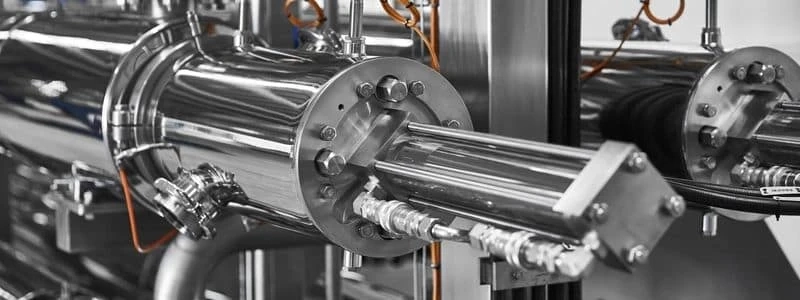Pressure fittings are critical components of any pneumatic or hydraulic fluid system. Fittings, also known as connectors or adapters, provide standardised connections between pipes, tubes, hoses, valves, manifolds, and other components — and most systems have many of them.
Unfortunately, with so many competing standards and scattered knowledge, the world of fittings can be overwhelming, and attempting to learn everything can quickly lead down a rabbit hole. This frequently leads to a lot of confusion and wasted time when trying to find the right fitting or adapter for an application.
This blog will serve as a guide to the most widely used High Pressure Pipe Fittings standards. We will also see who is one of the leading High Pressure Pipe Fittings manufacturers and Instrumentation Tube Fittings Manufacturers globally.
How High Pressure Pipe Fittings are classified, based on their design:
Before we get into specific fittings, it\'s important to understand some key differences between them.
It is useful to understand that there are only a few methods for achieving reliable sealing for removable and reusable fittings. These primary sealing mechanisms are as follows:
- Thread sealing, either metal-to-metal or with a sealant material
- Compressing a confined gasket or o-ring to seal it
- Sealing is accomplished by compressing two metal-to-metal surfaces together, typically with a cone geometry.
The Applications of High Pressure Pipe Fittings:
Many fluid applications use high pressure fittings. They are frequently found in the following machinery and systems:
- Panels and skids for oil and gas controls
- Chemical-injection skids
- Hydraulic-powered units
- Water-jet cleaners and cutters
Choosing the right High Pressure Pipe Fittings:
Different fittings are suitable for various applications. Pipe threads make plumbing for drinking water incredibly convenient, but they are not the best choice for use in systems that need regular maintenance or frequent disconnections and reconnections.
For similarly straightforward systems with modest demands, High Pressure Pipe Fittings are unaffordable. Some fittings offer stainless steel as an alternative to the less expensive brass versions if you need to handle higher pressure. Brass is typically used for low pressure fittings, and high-quality stainless steel or occasionally even special alloys are almost always used for fittings that are subject to high pressure.
Terminology such as "low pressure," "mid pressure," and "high pressure" are all relative. They are not standardised terms, therefore they are relative to industry, application, and even the whim of the producer. A plumber might consider 100 psi (7 bar) to be high, however many hydraulic fittings makers consider 20,000 psi to be "mid pressure" and 60,000 psi to be "high pressure," despite the fact that most typical fittings have a maximum operating pressure of 5,000-6,000 psi.
Manufacturers of well-crafted High Pressure Pipe Fittings:
Samvay Fluid Tekniks Inc. is a renowned High Pressure Pipe Fittings manufacturer in India. We manufacture High Pressure Pipe Fittings in a range of dimensions, thicknesses, and grades. In addition to this, we also manufacture Nickel Alloy Tube Fittings, Monel Tube Fittings, Instrumentation Fittings, Inconel Tube Fittings, Instrumentation Tubing Fittings, and other standards.
As the fastest growing Instrumentation Tube Fittings Manufacturer in India, we also provide high-quality Instrumentation Tube Fittings to connect tubing runs to other tubing sections such as pipe, hose, and many other parts.



